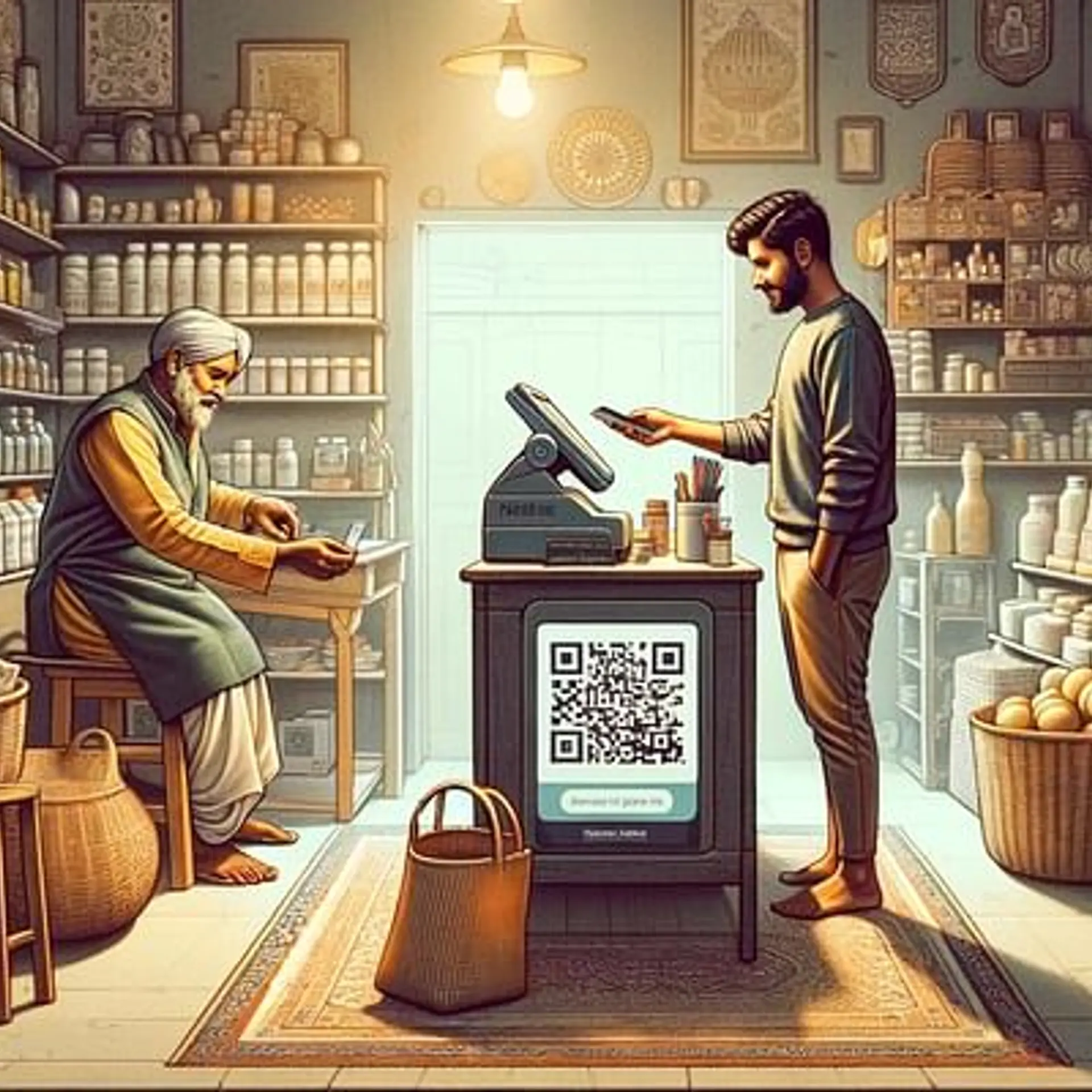Why your startup needs a video and how to make one on a budget
Videos are the future of marketing. There is no doubt about it. Be it micro-videos (vines, instagram) or youtube videos, videos are the best way for a brand to connect with its audience. But because most startups in India are bootstrapped, it’s natural to expect them to have negligible to no budget for the same. While I’m an advocate of the adage “You get what you pay for”, I’m also a believer in the age-old practice of Jugaad, and in this spirit of Jugaad, allow me to highlight the value of a video for your startup and how you can make such a video yourself
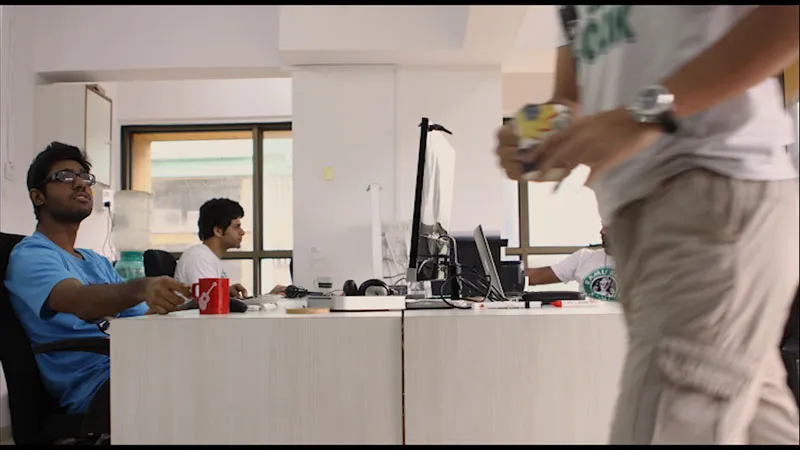
Why make a video?
- Videos are edible: Your audience will love you for even trying to make a video for them. Videos give you more paying customers, and many-a-times, watching a video is the final step your customer takes before deciding in your favour. Basically, video makes people want to buy more.
- Videos make your website SEO friendly: A video’s name, the tags and metadata associated with it and the video’s popularity all tell Google that your video is what the search query should direct to. Google already ranks videos higher in search results. Better SEO equals more site impressions equals more sales.
- Great for presentations: Videos are great for corporate presentations, VC pitches, employee training, etc. It helps make a great first impression with prospective partners/stakeholders. In a discussion with a fellow entrepreneur recently, he shared an anecdote from a meeting with a VC. My friend had shared an introductory email, explaining his business, with the VC. In return, he got a prompt reply from him. It read, and I paraphrase, “all that is fine…but can you show me a video about your business?”.
- Videos can be monetized, costs recovered: If your video is organically share-worthy, chances are that you can recover your costs through adsense with the right kind of marketing strategies. Believe me, it doesn’t take a genius to get people to watch your videos on a large scale; all it needs is an innovative concept, decent production quality and an aggressive/innovative marketing strategy. To give you an example, a part of our marketing strategy for a the Mumbai Tribute Film we made for Commonfloor.com was to tie up with Mumbai-centric blogs and FB pages. These blogs were more than willing to share our rich content about the city, and the viewers were a captive audience that loved it and shared it.
- Your competitors are doing it: All your competitors are probably considering video as a powerful tool to tell their brand stories. Early movers will capture the bigger sections of the market.
- Gauge true engagement: Videos, unlike text content and e-books, allow the uploader to gauge the viewer engagement to a more accurate degree. Besides the views, likes, shares, subscriptions and comments, which in themselves are great indicators of engagement, we have data that tells us which point in the video was most engaging, which point did most viewers stop at, which point did the viewers jump to, etc. Not only does this allow you to know whether or not your campaign has succeeded, but also to know WHY it has succeeded.
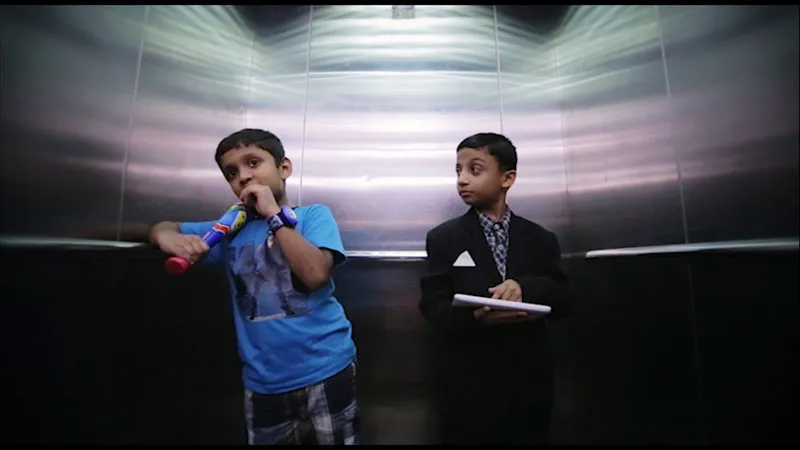
How to make a good promo video?
1) Write a good script. Make sure you weave a story into it, have a smooth flow and a catchy call-to-action. Always ask your viewer to subscribe, like and share at the end of your video.
Your script could either be a voiceover script to be narrated by someone, or an actual script with shots, scenes, dialogues, etc. Remember, a single page in a script roughly equals a minute’s footage. So write your script accordingly (Length matters)
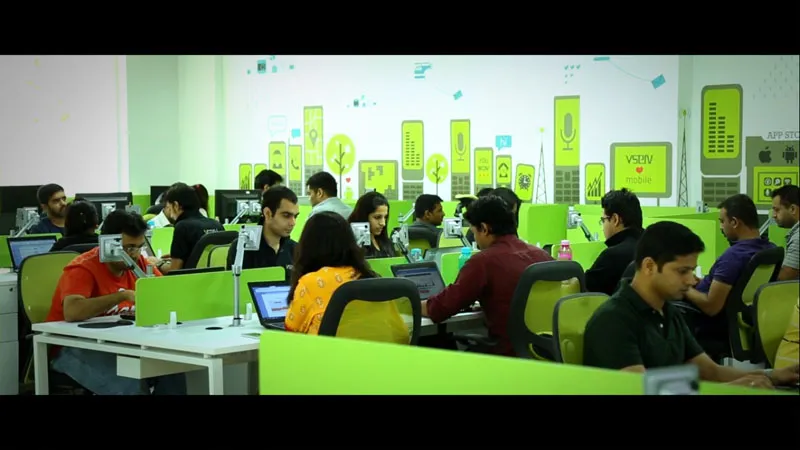
2) Cast your actors (if any), or if you’re shooting a product, make sure it’s packaged the way you’d like your viewer to see it. Ensure that your location looks neat, beautiful even (if possible).
3) Buy/borrow/hire a DSLR camera (Canon 600D or better) with appropriate lenses. If there are dialogues on location, hire a collar mic (wireless lapel mic). These shouldn’t cost you a lot.
4) Hire basic lights (watch a video about 3-point lighting here), or shoot in the daylight. Early mornings and evenings are the best times to shoot since light is even during these “golden” hours. What you need to look out for is whether your actors are lit such that there are no harsh shadows on their faces.
5) Once you’ve got your footage, move onto editing. Moviemaker and iMovie are simple editing software options. If you’re feeling adventurous, try Adobe Premiere Pro. Monthly licenses are dirt cheap now. And the software is easy to learn. Takes a day or two for the basics.
6) Add your voiceover to the sequence timeline. Here’s one place where you might have to shell out a few dollars to ensure quality. Visit your nearest dubbing studio (check justdial), find a good voiceover artist (or use someone you know with a good voice and voice modulation) and record the VO. If you want to cheap out even more, download an app such as “smart voice recorder” for your smartphone, go to a quiet room, get under a thick blanket if you must, and record your voiceover.
7) Choose good fonts (sanserif fonts work really well), good transitions between shots, and good music from the youtube music library or audionautix.com. Export the video and you’re good to go.
8) The most important thing is to have fun while you’re at it. Keep a small crew around, folks who’re genuinely excited to do this.
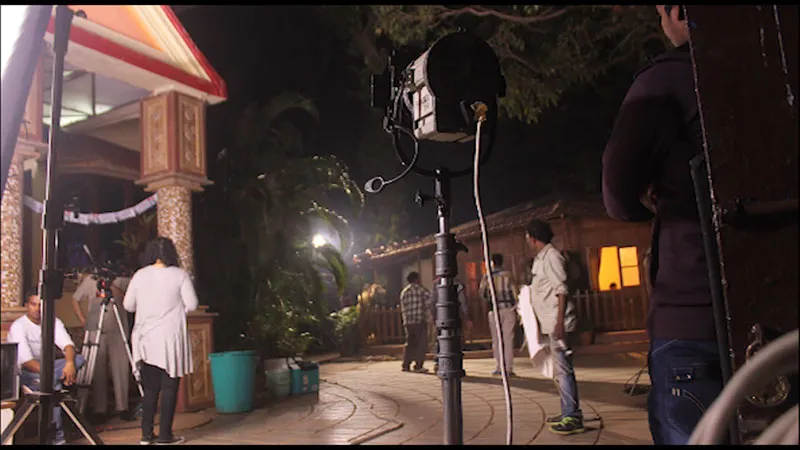
For animated explainer videos:
- Explore tools like GoAnimate and Powtoons: These are free for the basic versions and allow you to make simple animated clips in no time. The only con here is that these videos are all over youtube and chances of your video getting lost in the crowd are high.
- Alternatively, put in a little extra effort and try stop-motion animation. This is more unconventional and your viewers will appreciate the effort to stand out from the crowd of thousands of startups that are using Powtoons.
- Follow steps 1, 6 and 7 listed above.
- In the case of animation clips, 160 words of voiceover roughly equals a minute’s animation. So write your script accordingly.
It’s a great idea for early stage startups to create their first few videos in-house for a couple of reasons; not only does it allow you to do it your way, but also equips you with basic know-how of the process in case you plan on investing capital into having these videos made professionally in the future.
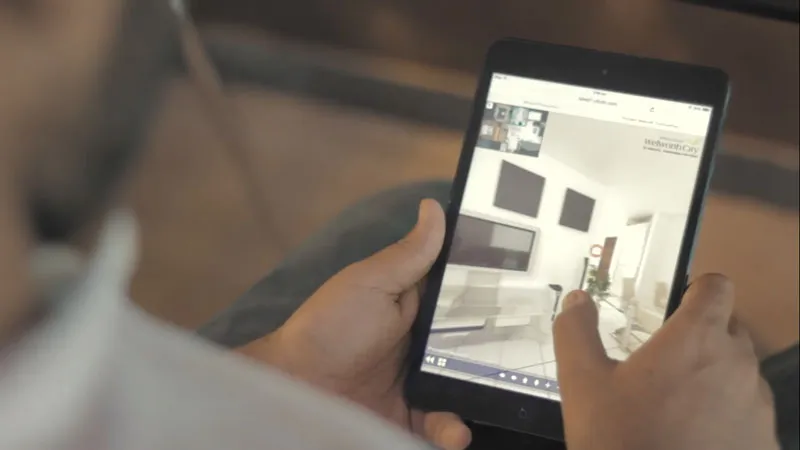
About the author:
Kashyap is an NMIMS University grad, entrepreneur, poet, comedian and Creative Officer-in-Chief at Lowfundwala Productions. A subsidiary of Tilt Shift Media LLP, Mumbai, Lowfundwala is a digital agency that tells startup stories. You can follow kashyap at @lowkashwala and check out his startup at www.lowfundwala.com or www.facebook.com/lowfundwala.





